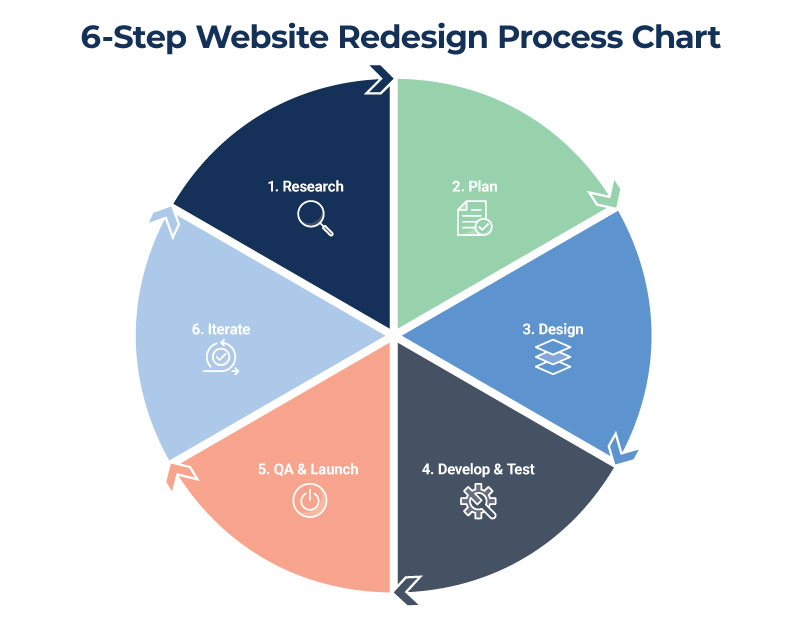Art Bounty
Discover the vibrant world of art and creativity.
Don't Let Your Website Look Like 2005: Time for a Makeover
Revamp your outdated website! Discover fresh design tips to boost engagement and give your online presence a modern makeover.
Key Design Trends to Modernize Your Website in 2023
As we dive into 2023, website design is evolving rapidly, driven by user experience and technological advancements. One of the key design trends is the integration of dark mode, which not only reduces eye strain but also extends battery life for mobile devices. Websites can now offer users the choice between light and dark themes, creating a more personalized experience. Additionally, the rise of dark mode has encouraged brands to rethink their color palettes and typography for better visibility and engagement.
Another significant trend is the use of micro-interactions that enhance user engagement through subtle animations or feedback. From the moment a user hovers over a button to the completion of a form, these small design elements can make a huge impact on the overall experience. Incorporating micro-interactions not only delights users but can also guide them towards taking desired actions, thus improving conversion rates. As 2023 progresses, focusing on these elements will be crucial for any website looking to stand out in a competitive digital landscape.

Common Mistakes That Make Your Website Look Outdated
Having an outdated website can significantly affect your online presence and user experience. One common mistake is neglecting to update design elements. Websites that feature old-fashioned layouts, such as fixed-width designs or flashy animations popular in the 90s, can turn visitors away. To keep your site looking modern, consider adopting a responsive design that adapts seamlessly across devices. Additionally, outdated color schemes and fonts can make your content seem stale, leading to a poor first impression.
Another prevalent issue is the lack of regular content updates. Stale content can give the impression that your site is no longer active or relevant. To combat this, maintain a content calendar to consistently publish fresh articles, blog posts, or news updates. Furthermore, ensuring that your images and multimedia are not only high-quality but also current can greatly enhance the user experience. Broken links and outdated resources can also damage your credibility, so conduct periodic audits to fix these issues.
Is Your Website Stuck in 2005? Signs It's Time for an Upgrade
If you're wondering if your website is stuck in 2005, consider the design and user experience. Modern websites prioritize user experience (UX) by focusing on responsiveness, aesthetic appeal, and intuitive navigation. If your site still features outdated layouts, clunky navigation menus, or a lack of mobile optimization, it may be time for an upgrade. Content that is not optimized for mobile viewing can significantly deter visitors, as a staggering 52% of all website traffic comes from mobile devices. To keep up with industry standards, evaluate your website's design and functionality regularly.
Another telltale sign that your website needs an upgrade is its SEO performance. If your content is not ranking well, or you notice a drop in organic traffic, it could be due to utilizing outdated SEO practices from over a decade ago. Techniques like keyword stuffing or using flash elements can severely harm your site's visibility. Transitioning to current SEO best practices, such as optimizing for search engines, implementing schema markup, and ensuring your site loads quickly, are essential for improving rankings. Pay attention to your site's analytics and adapt as needed to stay competitive in today’s digital landscape.